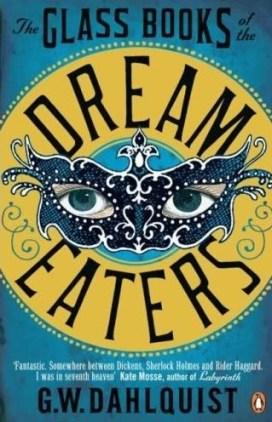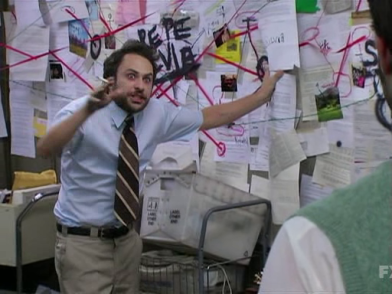Rating: 5/10
Review:

When I saw this book, I was immediately drawn in by the beautiful cover and the blurb. I wanted to love this book and I wanted to enter a world of mystery and adventure. The first chapter hooked me and I felt like I had stumbled upon a unique and fun read.
It didn’t take long for the list of names to increase and for the characters to spring up from every nook and cranny. I had a bad feeling about this…
But I’m getting ahead of myself.
Miss Temple doesn’t take the news that her fiancee is leaving her very well. She ignores his instructions to leave him alone and she instead follows him to discover his motives for leaving. Her secret trip leads her to luxurious mansion and a masquerade party in full swing. Once she enters the mansion, she is swept up in an adventure as she uncovers a dangerous secret society that will stop at nothing in their pursuit of power. To stop them, she makes a wary alliance with a fumbling royal doctor, Svenson, and a mysterious assassin called Chang.
It does sound interesting and the premise is intriguing. It is the kind of story that sounds dashing, elegant and puzzling. There is an excellent concept behind this behemoth of a novel and truthfully, that only further deepened my disappointment. It’s like enjoying a sandwich and then realising half way through that there’s a bit of mould on the crust. You can ignore it, tear the part off and continue or you can chuck the sandwich away and move on.
The decision to cull or include when writing can be difficult and exhausting. So when making the decision, there are two questions that an author should always ask themselves:
- Does this further the plot – many times you will look over your own writings and feel as if they are either too condensed or too long. When deciding what to expand or cut, you should always ask yourself this question. Can this section be cut without limiting the readers understanding of the plot? Or, alternatively, can the reader understand the plot if additions aren’t made?
- Is this necessary – not every part of a novel will be included simply to further the plot. As a result, another question then should be asked to determine whether the part does have a reason for being included. For example, if a section of banter reinforces the humour of a character then that is worth including. But if this sense of humour has already been established well, is there any reason for this section to exist?
I found myself constantly asking these two questions while reading this novel.
- Was this character actually important?
- Does this scene need to happen?
- Is this more complicated than it really should be?
- Do I understand the characters more as a result of this scene?
- Do I understand the world more as a result of this scene?
- Who is this person?
- Where are they now?
- WHO IS THIS PERSON?
- WHERE ARE THEY NOW?
- WHY IS THIS SUDDENLY EROTIC?
- ARGGGHHHH

Often, my answer was no. There where pages and pages of the novel that simply could have been cut. There were half a dozen characters that had no reason for existing. The point that was often made of lust or corruption could have been demonstrated in a subtler manner. I felt like I was being hit over the head with these themes over and over again. Yes, I get it, rich people can become corrupt. Yes, I get it that people are being swayed to their side. But do you really need a stadium of characters to get this point across?
The interesting thing about this novel is that the excruciating depth was actually intended. I stumbled upon an interview with the author who said this:
That last act of the book is essentially a fourteen character play set on a dirigible. I’ve counted them, and there are something like ten or twelve people with speaking parts and it’s a long scene. If you were to speak it out it’s at least a half an hour or forty five minutes.
This book would have benefited by more mystery. In the end, that is the ironic part of the novel. By trying so hard to create mystery, the author removed all traces of it. There should have been more shadowy villains, more dark silhouettes in the night and more unanswered questions. By around a quarter of the novel, most of the main villains had been revealed and the true nature of the shadowy group had come to light. So I honestly found myself thinking, what’s the point of continuing this book?
The reason I did continue was because the core of this novel was interesting. The main characters were intriguing and fun and the setting was different. But I finished the book with a bad taste in my mouth. I felt like I had waded through twelve-mile long field of flowers. Beautiful, but you know what, that only lasts so long.

2 thoughts on “The Glass Book of the Dream Eaters – G.W. Dahlquist”